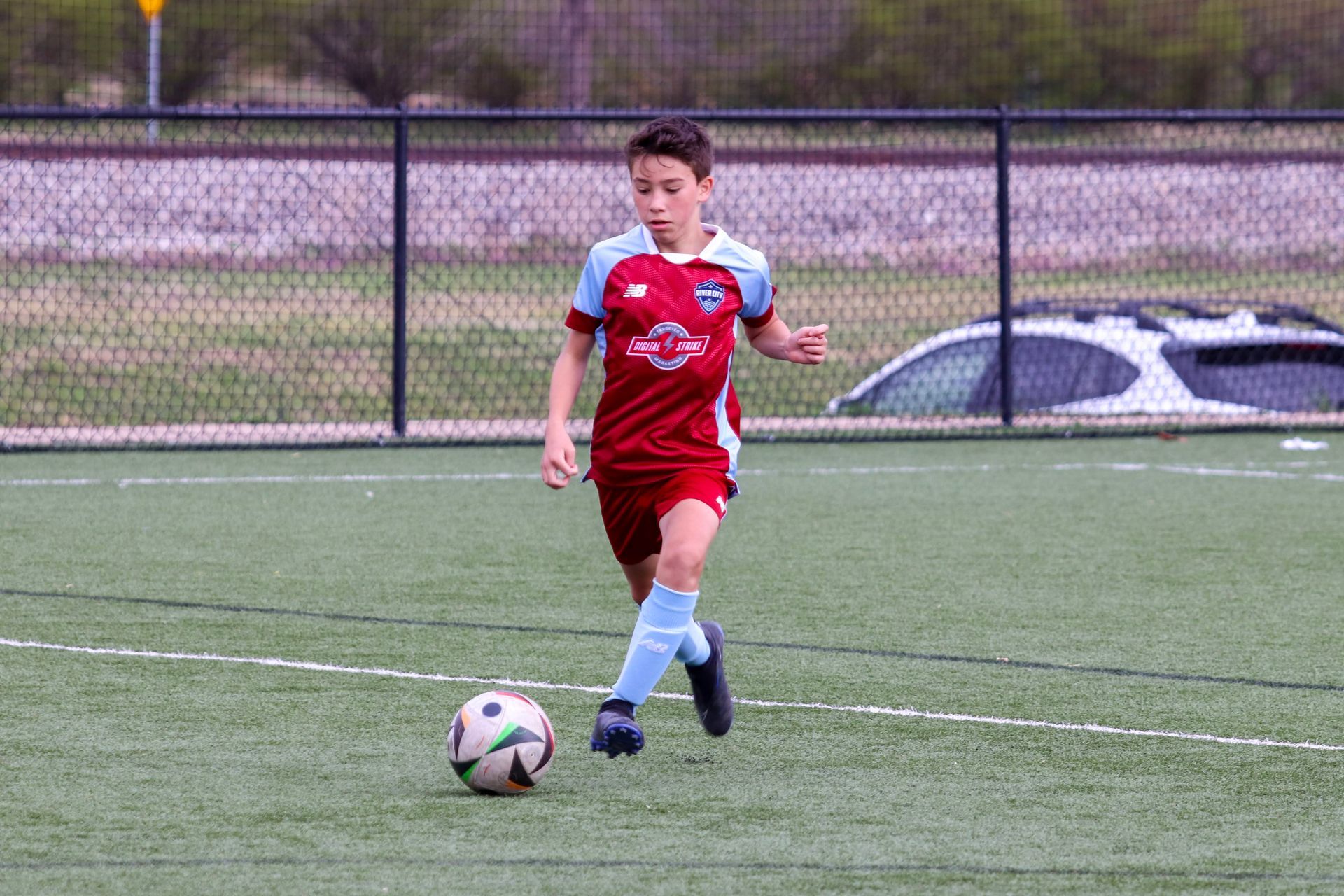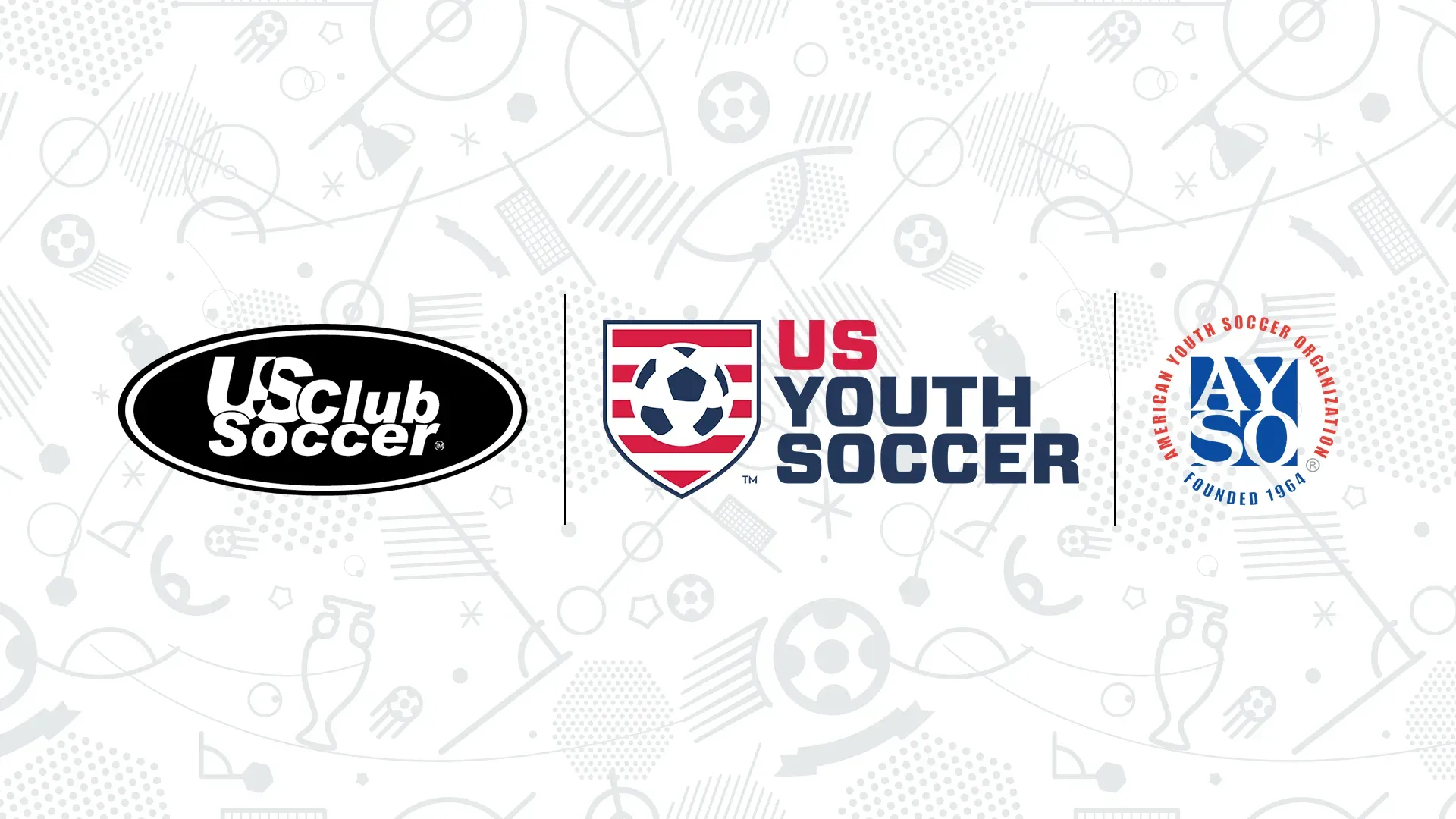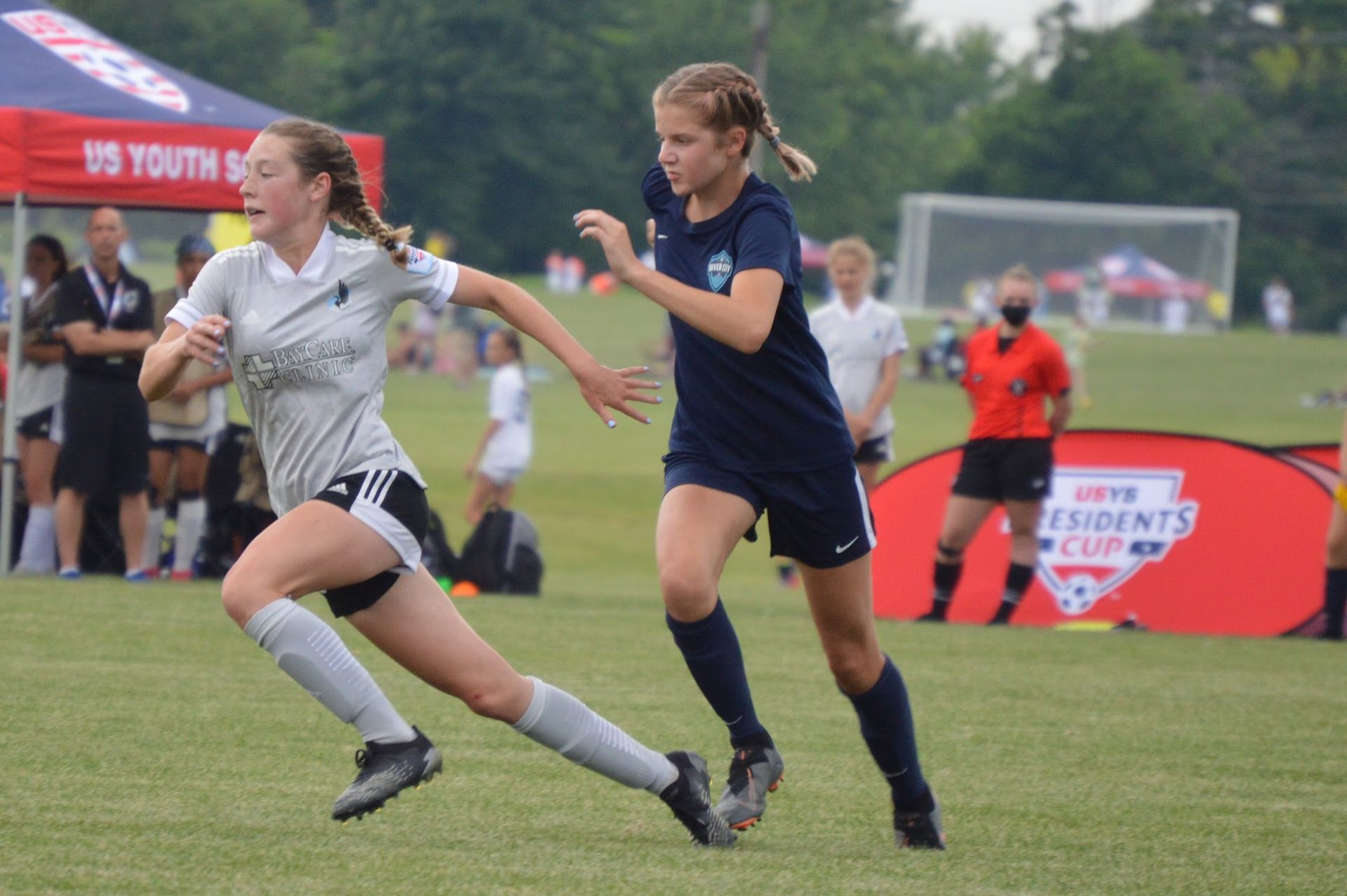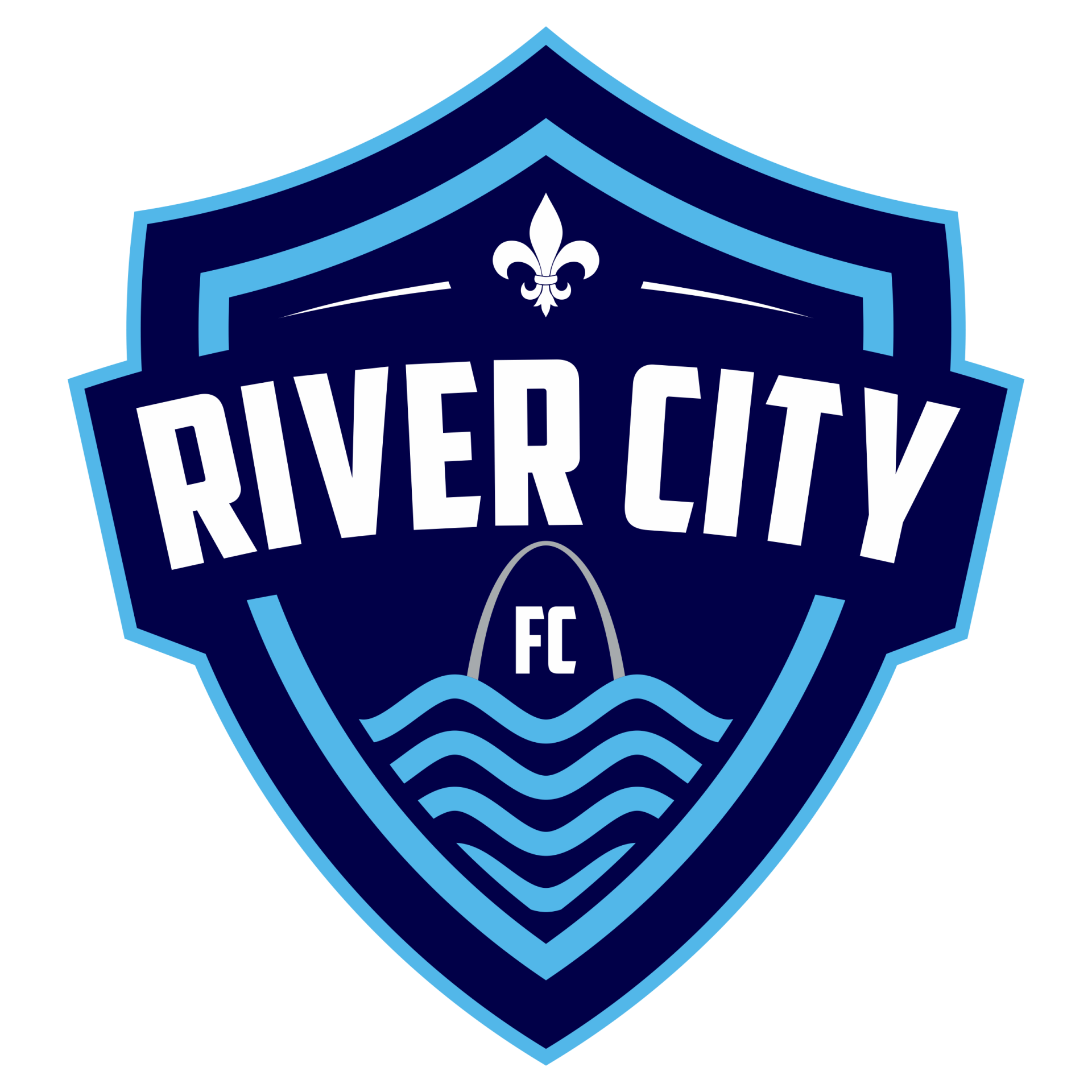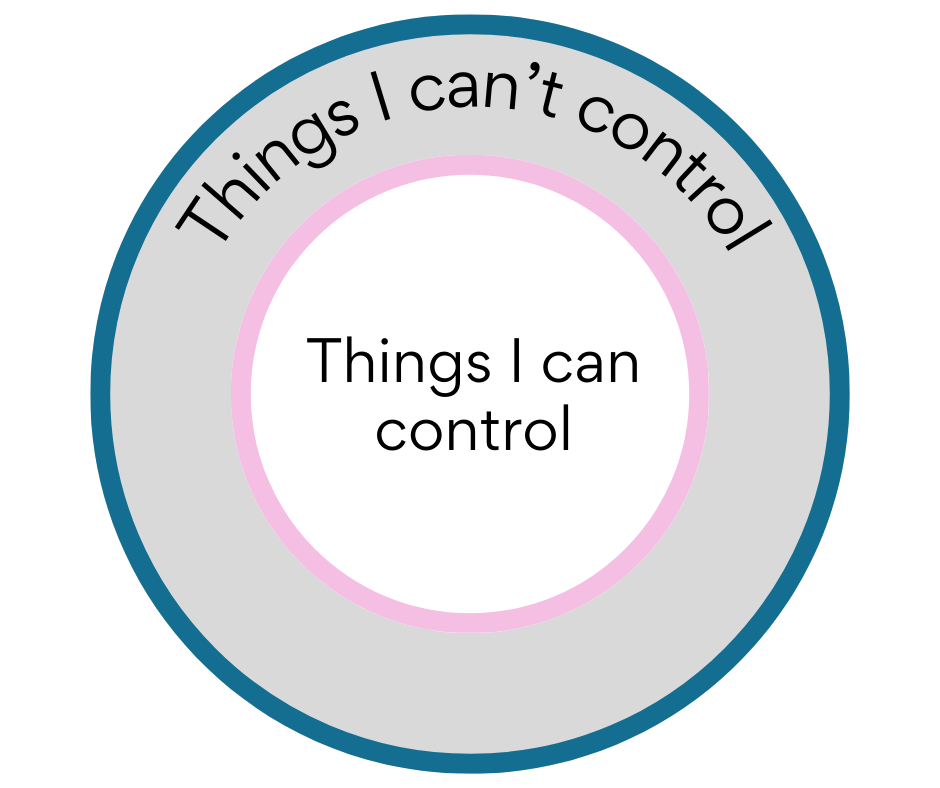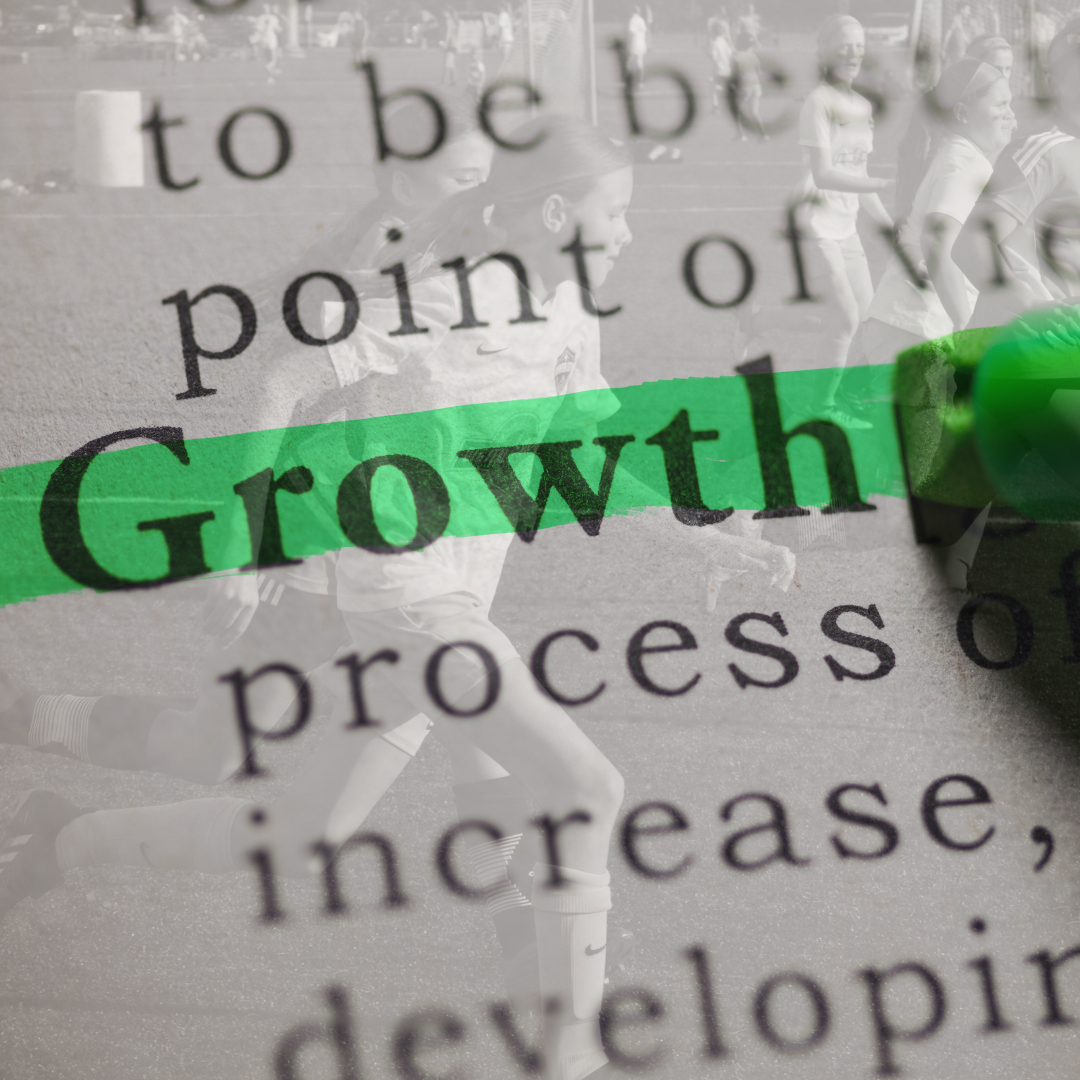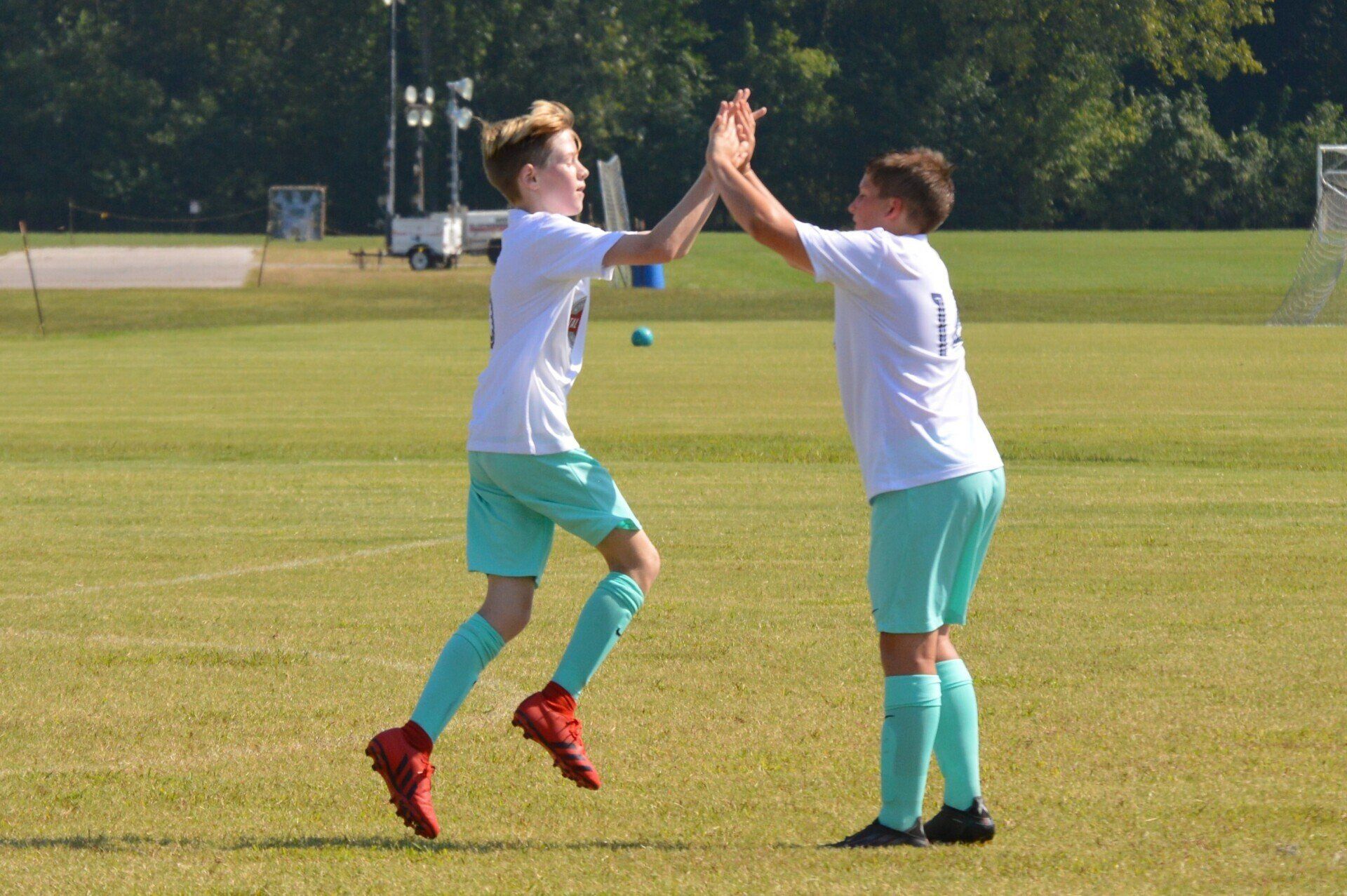The Formula For Success
An equation for Successful Actions
There are countless scenarios that play out during a soccer game. Pass, shoot, dribble, turn, beat the defender, small touch, big touch, driven pass, lofted pass, press, hold the space, and on and on and on. In any given moment for individual players, not to mention the team, there are actions to made and there are countless actions that can be made in that single moment. So how does a player make an effective action. Math was never my thing but I have come up with pretty simple formula that will show how a player gets to an action on the field, the result of which could be positive or negative.
Forgive me if I am a little off on this equation. I am not a mathematician nor was I good at math when they started adding the alphabet next to numbers. My brain was a believer that those two things were distinctly different and should remain apart. Sort of like pickles and ice cream. To me they are both wonderful alone, but please don’t put them together.
Here is the equation
(A + D) + E = X or (Awareness + Decision Making) + Execution = Outcome of Action.
the outcome of the players action during a game is a direct result of their awareness or ability to see and take in the information around them and their ability to use that information to make a decision and execute that decision using their technical abilities. In the simplest example if a player wants to complete a pass in the game they need to use this formula by; first being aware of the space around them, the location of their teammates, and the location of the opposition. Next the player must decide on who to pass the ball to, where to pass the ball (into the space, to the feet of the player, the specific foot of the player and so on), and the weight (speed) of the pass. Once that decision is made the player must be able to execute that decision using the proper techniques for the given action. A players ability level in all three of these components will determine the range of actions that can be completed and the rate of success.
Let’s look at the formula’s components more in depth.
Awareness
Awareness is for me the most critical component of the game. A player with good awareness of the field is capable of making a wider range of decisions then a player who does not. Even players who have high technical ability need high level awareness to be successful. A player can have all the skill in the world but if they can’t take in and use the information around them then they won’t be able to make and execute good decisions. A player who has a simpler skill set and ability to read situations and use information effectively will very often have a high rate of success on the field.
If you look at player A and Player B below the highlighted area shows their range of awareness. Obviously player A has a large area of awareness and thus can make more decisions than player B is capable of. Player A’s ability to see the bigger picture around them on the field will offer them a great chance of find a successful action.


In order to build awareness players must constantly practice taking in the information around them. As coaches we should be asking players to check their shoulders and scan the field even during the most basic of exercises. It is tough for young players but we need to help them to understand that the ball is only one piece of the puzzle in the game. Just watching the ball and where it goes creates a narrow scope of awareness. Being able to see the ball, and scan the field for space, teammates, and the opposition greatly broadens the player’s awareness.
Another way to build awareness is through communication. When players communicate with their teammates it helps to build awareness because one player may not be able to see what another sees at a given time. On field communication is critical to increase a players awareness of the game happening around them. A player may not know a defender is on their right side because they did not scan the field enough, but if a teammate let’s that player know there is a defender on the right then awareness has been increased through communication.
The best example I can think to give players when it comes to awareness is that it is like doing a research report for school. If I am going to do a report and I only have one piece of information than my report is not going to be very good. Instead if I spend time compiling a lot of information and then ask for assistance from a friend or teacher to see if I missed anything or if they have any more information to add I am going to end up with a much better report.
Decision Making
Decision making is directly correlated to awareness. There is no arguing that. A player who has great awareness in the game will be more likely to make a good decision then a player who does not have good awareness. Decision making is a result of the player being able to take in the information around them and use that information to come up with a plan of action.
In the example below you see player A and player B in the same situation. Player A’s awareness of the field is limited and player B has very good awareness from consistently scanning the field, checking their shoulders and having good body position. Because player A does not have good awareness they do not know the defender is behind them and they choose to turn with the ball and end of losing it to the defender.
Player B though using their awareness is able to know the defender is behind them and make the decision to pass the ball the way they are facing to player C who is in space away from the opposition. Because player B is able to take in the all the information around them, they can use it to make the best possible decision, which leads to the action and best possible outcome based on their ability to execute the action.
Example A
Example B
Execution
A player takes in the information, decides on an action, and now has to complete or execute that action. To do this, players need to build their technical ability. A high level of technical competence leads to an increased amount of available actions and an increased rate of success in those actions. The more tools you have more you can do and the more effective you can be. A carpenter can’t build a house with just a hammer.
An effective forward in a 1v1 situation will be able to use their awareness to gain information about the defenders speed, ability, body position, aggressiveness and support from opposition teammates, decide on a course of action such as looking to beat the defender, and then use speed, ball control, and various fakes or feints to execute that decision. A forward with a wider range of technical skill and creativity will be more successful in beating the defender then a forward with a basic dribbling skill set. Both forwards may make the same decision but one will have a higher rate of success because of their ability to execute their decision successfully.
Another example would be a midfielder A who can pass accurately over various distances with both feet on the ground or in the air versus midfielder B who can only pass on the ground with their right foot. The first player is able to make a wider range of passes and if they have good awareness will be able to make a wider range of decisions with more effective execution then the player who can only pass a short distance with one foot. Midfielder B may have good awareness and may decide the best pass is a longer one, but their inability to execute will lead to an unsuccessful action.
The Outcome
As we already said the outcome of a players action is a result of adding together all three components, (A + D) + E = Outcome of Action. A player with strong ability in all three areas will likely have a higher rate of successful actions then a player with a high ability in two areas, and most definitely a higher rate of success than players who are lacking in two or all of the areas.
If you look at the top players in the men’s and women’s games at any position you will see this formula come into a very clear picture. Think about someone like Kevin De Bruyne of Manchester City. De Bruyne has a high level of technical ability thus his ability to execute actions no matter then degree of difficulty is high. Not only that, he is a great decision maker due to his elite level of awareness on the field. Put the three together and you get a high rate of successful actions that make him a world class player. When you compare De Bruyne to your local semi-pro team players the difference in level does not just exist in the feet but it is also exists in the eyes and the brain.
On The Field
As coaches we need to early age players enhance their abilities in all three components, awareness, decision making, and execution. We must create exercises and sessions that challenge players in all three areas as much as possible. This is critical at all ages. A players cognitive abilities (awareness and decision-making) are just as critical as their physical abilities (technique, speed, strength, fitness, etc). A player with good technical ability, superior physical qualities, but a lack of cognitive ability will not be as successful in the game of soccer as a player who has the same technical ability, lower physical qualities, but superior cognitive abilities.
